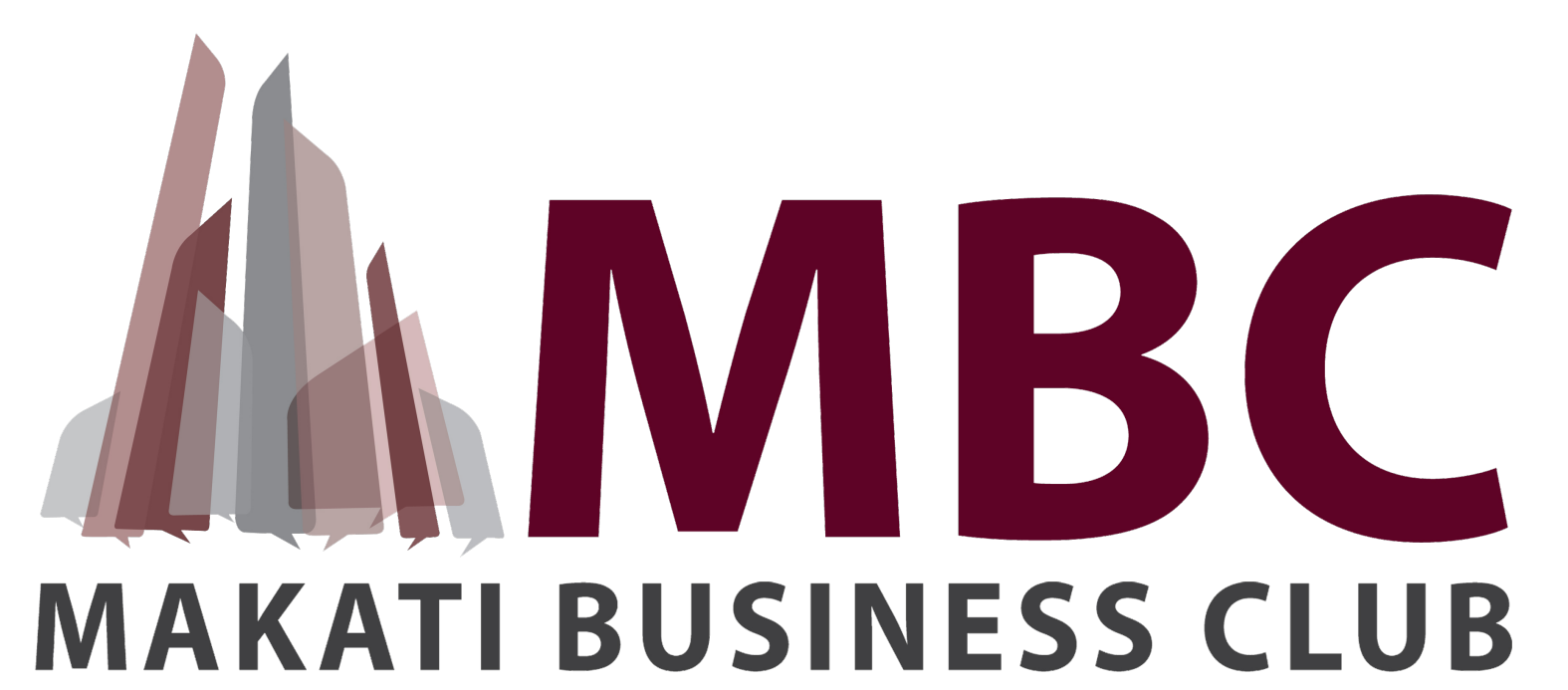The Philippines advanced eight places in the Enabling Trade Index of the World Economic Forum (WEF), now ranking 64th out of 138 economies, according to the Global Enabling Trade Report 2014 released today. Since 2010, the Philippines has risen 28 places in the index, ranking 92nd out of 125 economies in 2010 and 72nd out of 132 economies in 2012.
The Enabling Trade Index “assesses the extent to which economies have in place institutions, policies, infrastructures and services facilitating the free flow of goods over borders and to their destination.” These trade-enabling factors are classified under four categories: market access, border administration, infrastructure, and operating environment. Under these four subindexes are seven pillars which measure critical aspects of enabling trade: domestic market access, foreign market access, efficiency and transparency of border administration, availability and quality of transport infrastructure, availability and quality of transport services, availability and use of ICTs, and operating environment.
The report assesses enabling trade in the Philippines as follows:
“The Philippines ranks 64th on the ETI, and 5th within ASEAN. The country does well on the domestic market access (19th) and foreign market access (26th) pillars, but room for improvement remains with respect to the other five pillars of the index. It ranks in the bottom half of the ETI sample in all of them. Border administration (71st) is mired by corruption and red tape, two factors also contributing to weakening the general operating environment (82nd). Like many countries in the region, the Philippines’ biggest weakness is the lack of adequate transport infrastructure (96th). The shortcomings are the most severe in the airport (105th) and port (107th) infrastructure. To make things worse, the availability and quality of associated logistics services remains largely insufficient (84th).”
Singapore (1st), Malaysia (25th), Thailand (57th), and Indonesia (58th) placed higher than the Philippines in ASEAN in the overall rankings. The country is followed by Vietnam (72nd), Cambodia (93rd), Lao DPR (98th), and Myanmar (121st).
Despite persistent challenges in particular areas, MBC Executive Director Peter Perfecto notes that “among the 56 indicators comprising the enabling trade index, the Philippines enjoys competitive advantages in the following 15 areas: specific tariffs, tariffs faced, cost to export, cost to import, tariff dispersion, ease and affordability of shipment, available international airline seats in kilometers per week, customs services index, access to finance, share of duty-free imports, number of distinct tariffs, efficiency of clearance process, tariff rate, number of days to import, and ICT use for business to business transactions.”
Regarding difficulties in facilitating inbound and outbound trade, the Global Enabling Report also identifies the top five problematic factors for exporting in the Philippines: high cost or delays caused by domestic transportation, access to imported inputs at competitive prices, technical requirements and standards abroad, identifying potential markets and buyers, and difficulties in meeting quality/quantity requirements of buyers.
For importing in the Philippines, the following are the top five problematic factors: burdensome import procedures, corruption at the border, tariffs, high cost or delays caused by domestic transportation, and high cost or delays caused by international transportation.
The Makati Business Club has been a partner institute of the World Economic Forum in the Philippines since 1994, specifically in conducting the annual Executive Opinion Survey for the Global Competitiveness Report, Global Enabling Trade Report, Global Information Technology Report, Travel and Tourism Competitiveness Report, and the Gender Gap Report.
###
